|
|
Four cottages made up this row of fine freestone buildings with red clay pantile roofs. They were set in the fields between Loftus and Easington (going through Foulsyke, just past the houses there is a small gate that leads via a public footpath to the cliff road). Over one field and then Arthur Fields came into view. If my memory serves me rightly there was a windmill in the field near these cottages, long since demolished (both the windmill and the cottages). This collection of cottages sadly no longer with us, were similar to those of Micklow Cottages and were developed to house the alum workers of Hummersea. Katherine Johnson told the Archive: “My great grandparents lived at Arthur Fields for many years. They were Joseph and Ada Readman and their son Eddie lived with them for a while too. At one point in the 1950’s my mother – Margaret Johnson nee Readman moved in with her parents Betty and Alban Readman and her brother Francis Readman. I believe this was only for a short time.”
Kay Petherick adds: “I have just discovered that the daughter of my great great grandparents lived at no. 2 in the 1891 census. Mary Brignall (nee Johnson) with her husband Robert and their 4 children. What a disappointment to find the cottages no longer exist.”
Image courtesy of the David Linton Collection and others, thanks to Katherine Johnson and Kay Petherick for the updates.
Built in 1872 the Primitive Methodist Chapel at Street Houses; the former chapel now forms part of the farm buildings of Street Houses Farm. The stables beside the chapel experienced the Zeppelin raid of 1916. Considerable burning took place, which is still evident in the rafters of the stables. The chapel (now in the process of repair by Tony Garbutt) survived to this day, despite being ”modified” for use as a barn by previous farm owners.
Taken in the 1950’s the Skinningrove iron and steel works were at full production and covered a large area. The four large chimneys are the exhaust chimneys for the furnaces on the melting shop; on the cliff edge can be seen No. 5 Blast Furnace.
Stripping moulds from 4.75 ton ingots of steel, in a place appropriately called the Stripping Sheds. The numbers on the moulds provided traceability to the cast from which the steel was made (probably the pot too). From here the ingots went to the Soaking Pits to be kept at an even temperature ready for Cogging.
Thanks to Eric Johnson for supplementary information.
A fairly recent image of Saltburn taken from the steep climb up the Cleveland Way behind The Ship Inn. Ray Brown was asking about the old building next to the Old Mortuary. Callum Duff advises us: ”In actual fact, the building next to the Mortuary was the Rocket Brigade. The Brigade were designed to aid the lifeboat crews and attempt to secure a line from dryland to ships in difficulty. The lifeboat house actually stood next door and was demolished sometime between 1924 (when the Saltburn lifeboat ‘Mary Batger’ was sold) and the start of WWII.”
Image courtesy of Raymond Brown and many thanks to Callum Duff for that update.
Not the “Boys from the Blackstuff”, but the boys from the potash mine. This photograph was taken outside the surface workshops.
From left to right: Bob Beadnell, Jack Wren, Wilf Mackinder, Gordon Fletcher, Albert Breckon, Jimmy Warral, John Richardson, Les Atkinson, Mel Picket, Raymond Pearson, Frank Smith, Ray Broom, John James, Colin Philipson, Alan Cox, Terry Robinson, Jeff Verrill, Dennis Bulman, and last but not least Colin Readman.
Image and names courtesy of Brian Jemson.
The children had must have been told the photographer was coming and are eagerly waiting for their photograph to be taken. Streethouses was once a thriving community; large enough to warrant this primitive Methodist Chapel, which was opened in 1872. The cottages of Streethouses on the left of this image (and stood on a slight angle at the junction of the track from Easington and the Boulby road) have long since been demolished along with Arthur Fields, Micklow Cottages and Rockcliffe Cottages. Street Houses, Primitive Methodist Chapel (AD 1872) and the Primitive Methodist Chapel at Arlington Street Loftus (AD 1870) are unusual, they are both aligned north/south instead of east/west as other Christian churches are. This may be peculiar to Primitive Methodists (or a faulty compass). Eric Johnson tell us: ”I was baptised at Arlington Street and I don’t know the answer.”
Iain Warnes was born at Upton and christened in this chapel in 1939, his grandfather Walter Warnes, had a small farm at Upton. His great uncle Aaron Rolling had a smallholding at Hummersea next to Tommy Hart.
Image courtesy of the Pem Holliday Collection and others; supplementary information supplied by descendants of Tommy Hart.
A gathering of special policemen, believed to have been in the upstairs of Loftus Police Station. Anyone know what the occasion was?
Back row: G. Blaylock (Loftus), F. Reynolds (Skinningrove), J. Hardy (Loftus), S. Thornton (Hinderwell).
Middle row: J. Shaw (Brotton), Dennis Welford (Hinderwell), George Lindsley (Loftus), L. Sanderson (Loftus).
Front row, Alf Burnside (Loftus), Sergeant E. Smith (Staithes), Inspector S. Pennock (Loftus), Sergeant W. Blaylock (Loftus).
Andrew Lindsley remembers: “George Lindsley was my Grandfather. He lived at 23 West Road, Loftus. I remember on special occasions I was allowed to wear his uniform when I was a child.“
Thanks to Andrew Lindsley for the update.
Loftus Homing Society at their annual presentation evening in 1949, held in the Angel Inn, Loftus Market Place. The buffalo horns in the rear of the image were displayed as the Angel was used by the Buffs. It was called The Jack Cornwell Lodge after the 16 year old naval seaman who won Victoria Cross, he died as a result of wounds received at the Battle of Jutland May 1916. The Archive welcomes any additional names for this photograph.
Back row: ??, Shuller Wilson, ??, ??, ??, ??, ??, ??, ?? , Rob Yeoman, ??, Jack (Lem) Grey.
Middle row: ??, Jack Hume, ??, ??, ??, William (Bill) Cook, ??, ??, ??.
Front row, seated: ??, George Berry, ??, ??.
Sandra Gibson advises: ”Second from left; is George Berry from Liverton Mines.”
Image courtesy of Stephen Steyert, with information from Marie Dixon (nee Cook), Tony and Eric Johnson, also thanks to Sandra Gibson for the update.
Loftus Homing Society Presentation evening again at the Station Hotel, Loftus – same place, different time. The same question as before – who are they – the Archive would welcome further identification of any on the picture?
Marie Dixon told the Archive: “On the back row fourth from the right is my dad, William Cook known as Bill; he won quite a few prizes for his pigeon racing. We lived at 3, John Street North Road, Loftus. I still have three of his cups that he won, What a lovely surprise looking through your site and finding my dad!” Tony further assisted with :”Third from the left, back row, is Jack Hume. Brian Grey is the person holding his belt front row left.”
The man behind Brian Grey is is dad Jack (Lem) Grey, 2nd left back row Rob Yeoman third right front row Bob Morrison.
Image courtesy of Stephen Steyert, thanks to Tony and Marie Dixon for the updates.
|
|
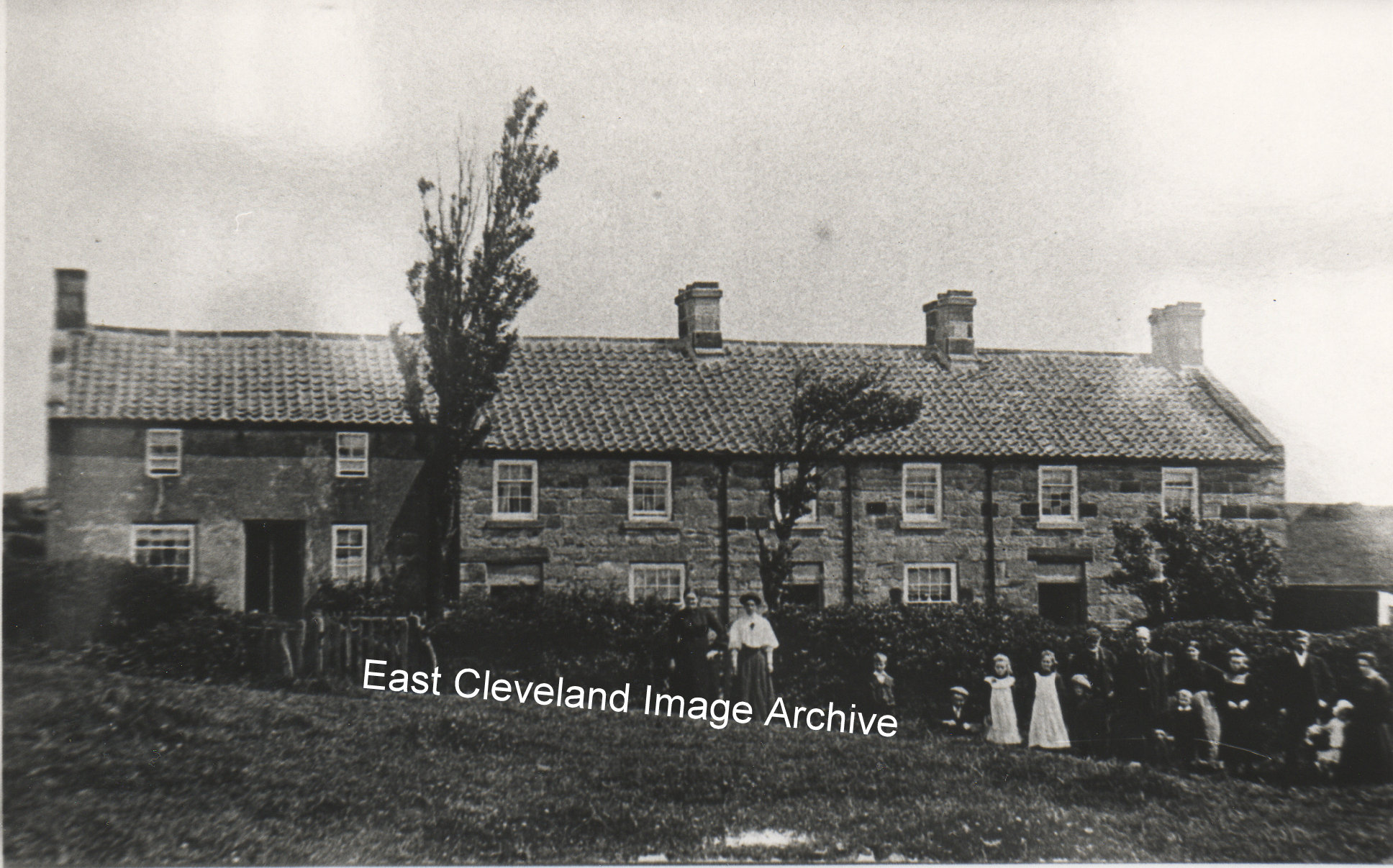
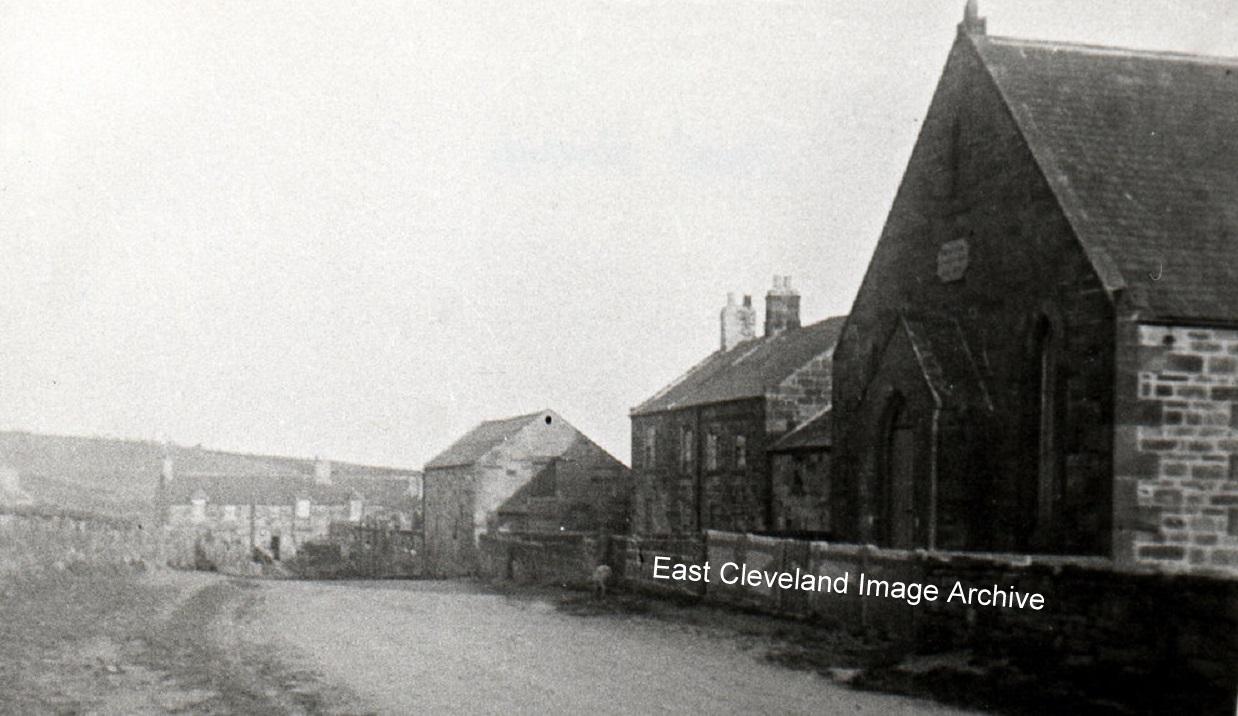
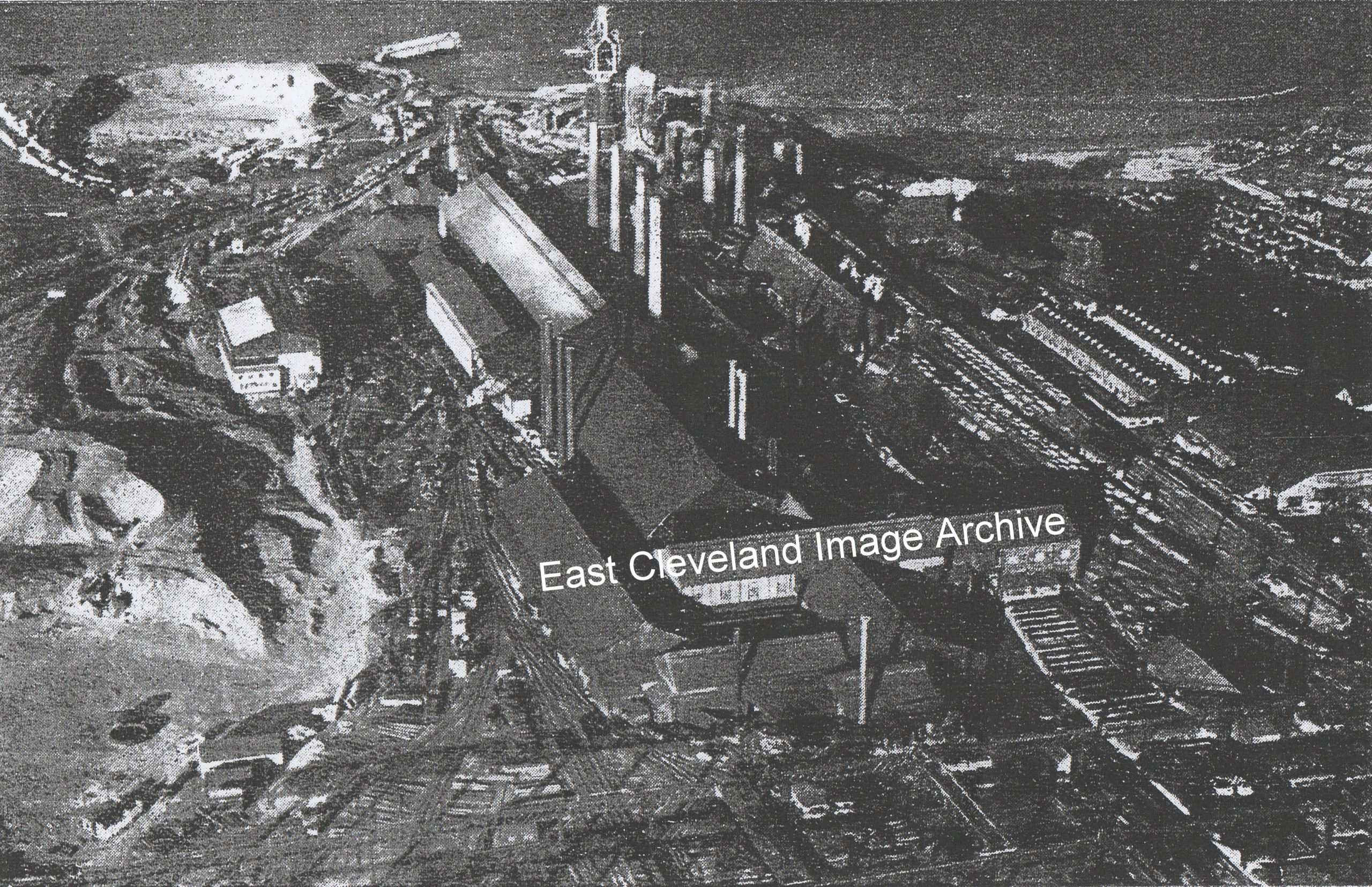
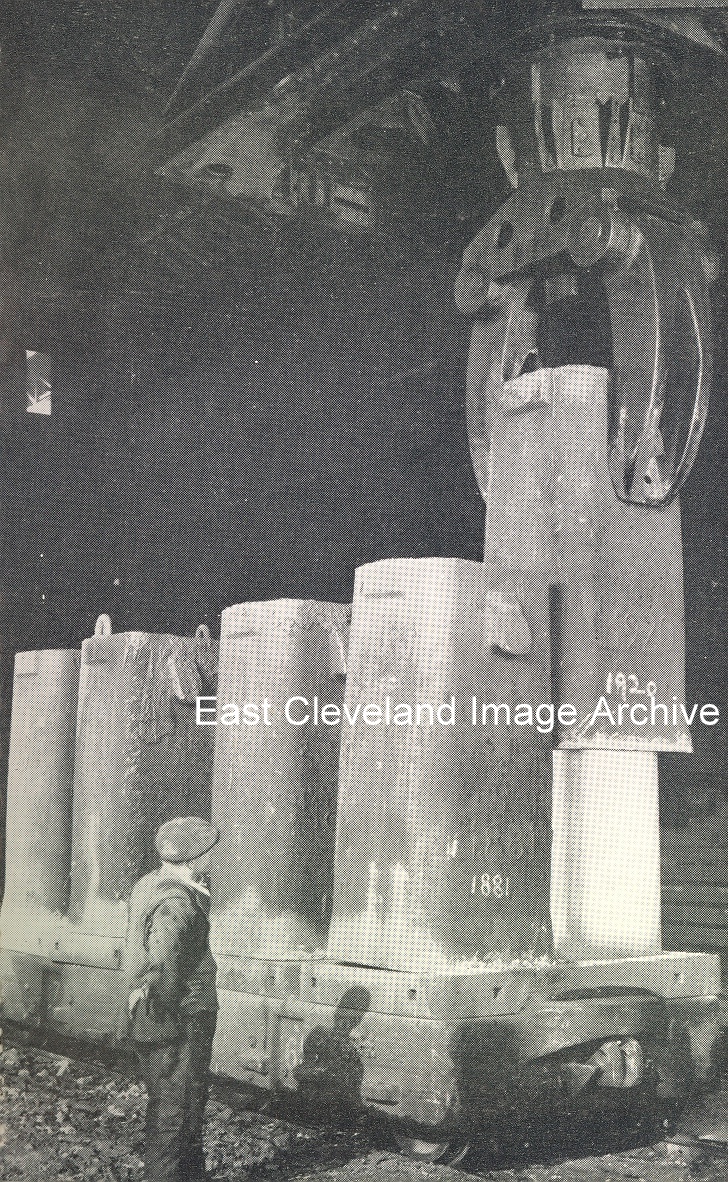
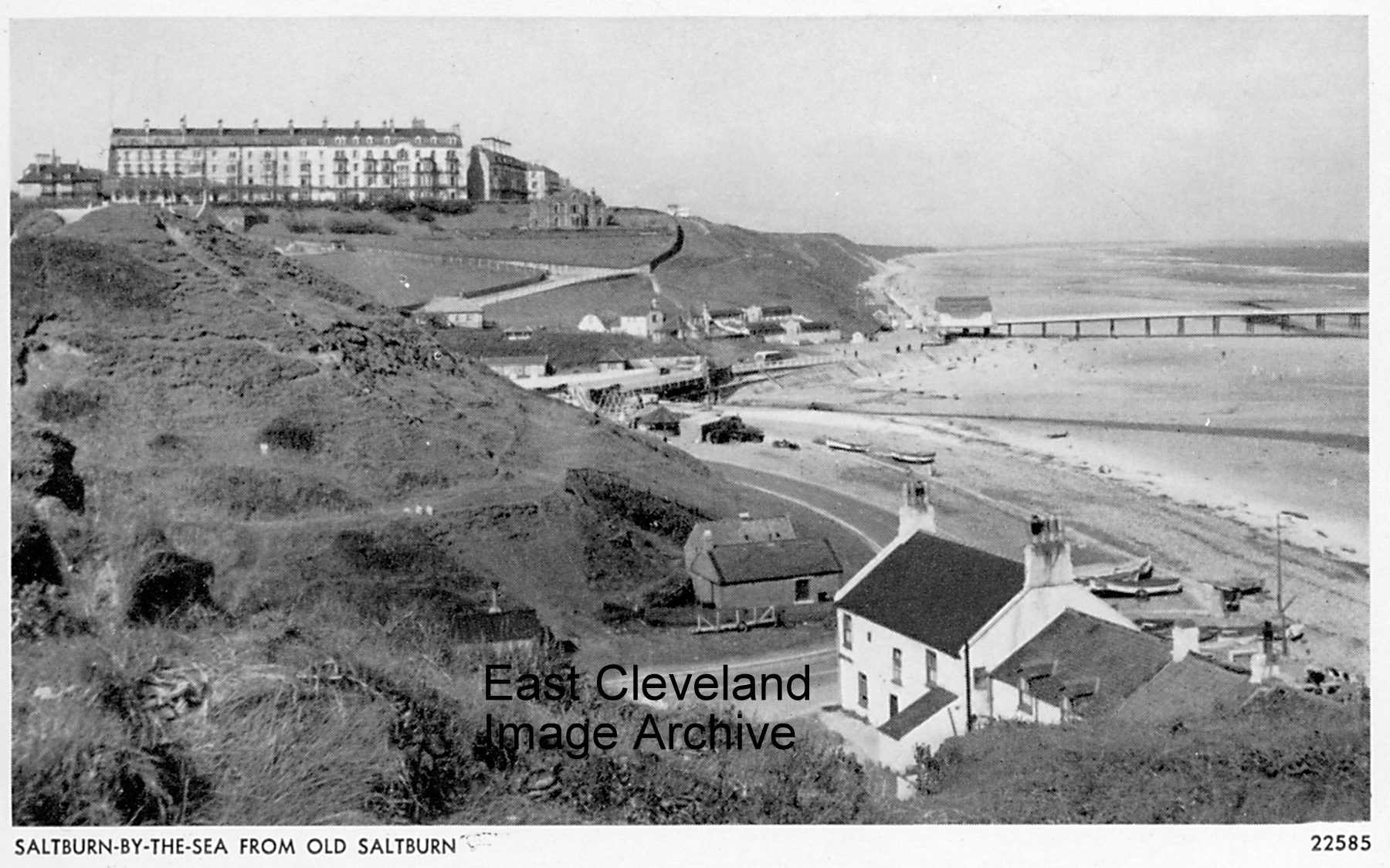
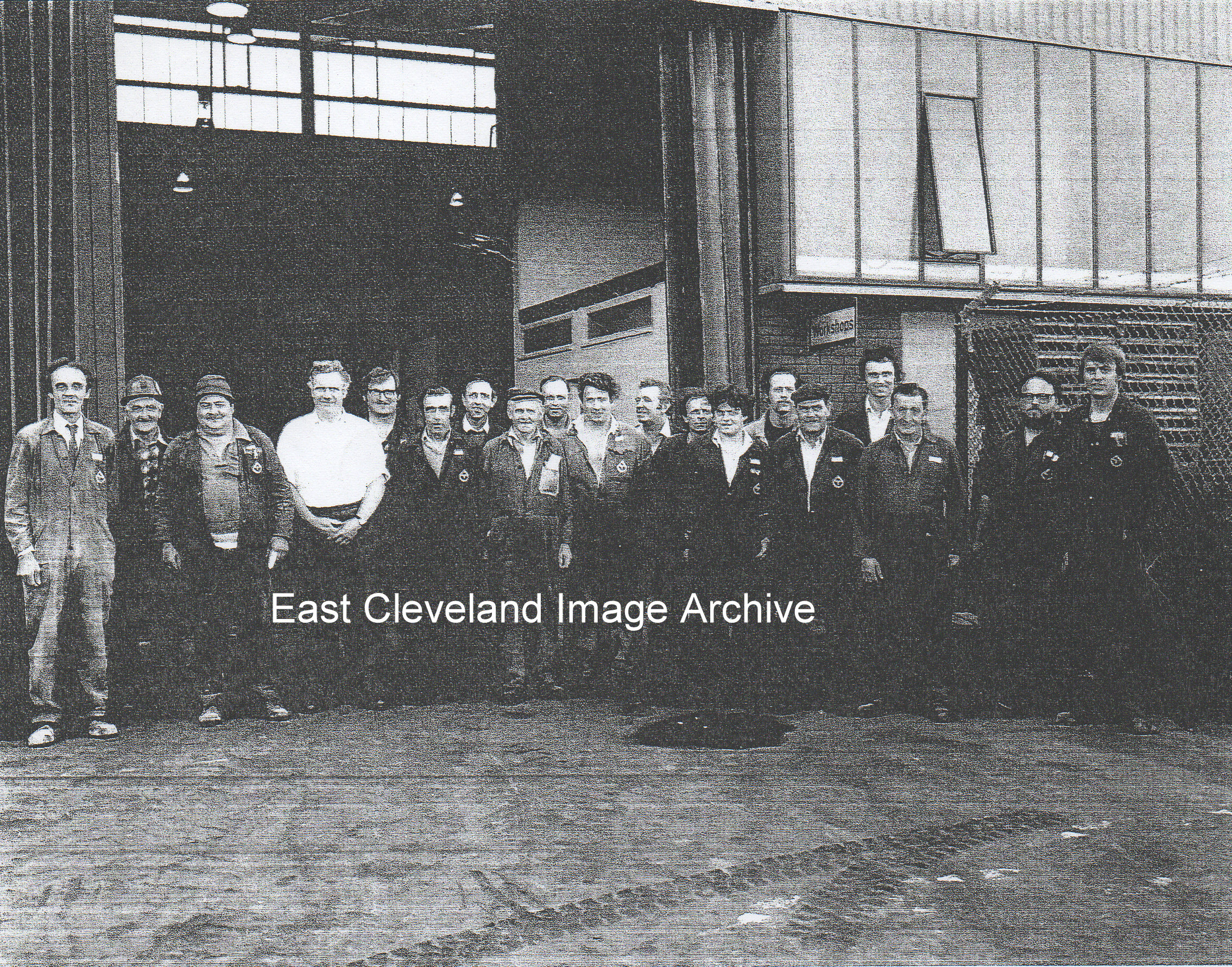
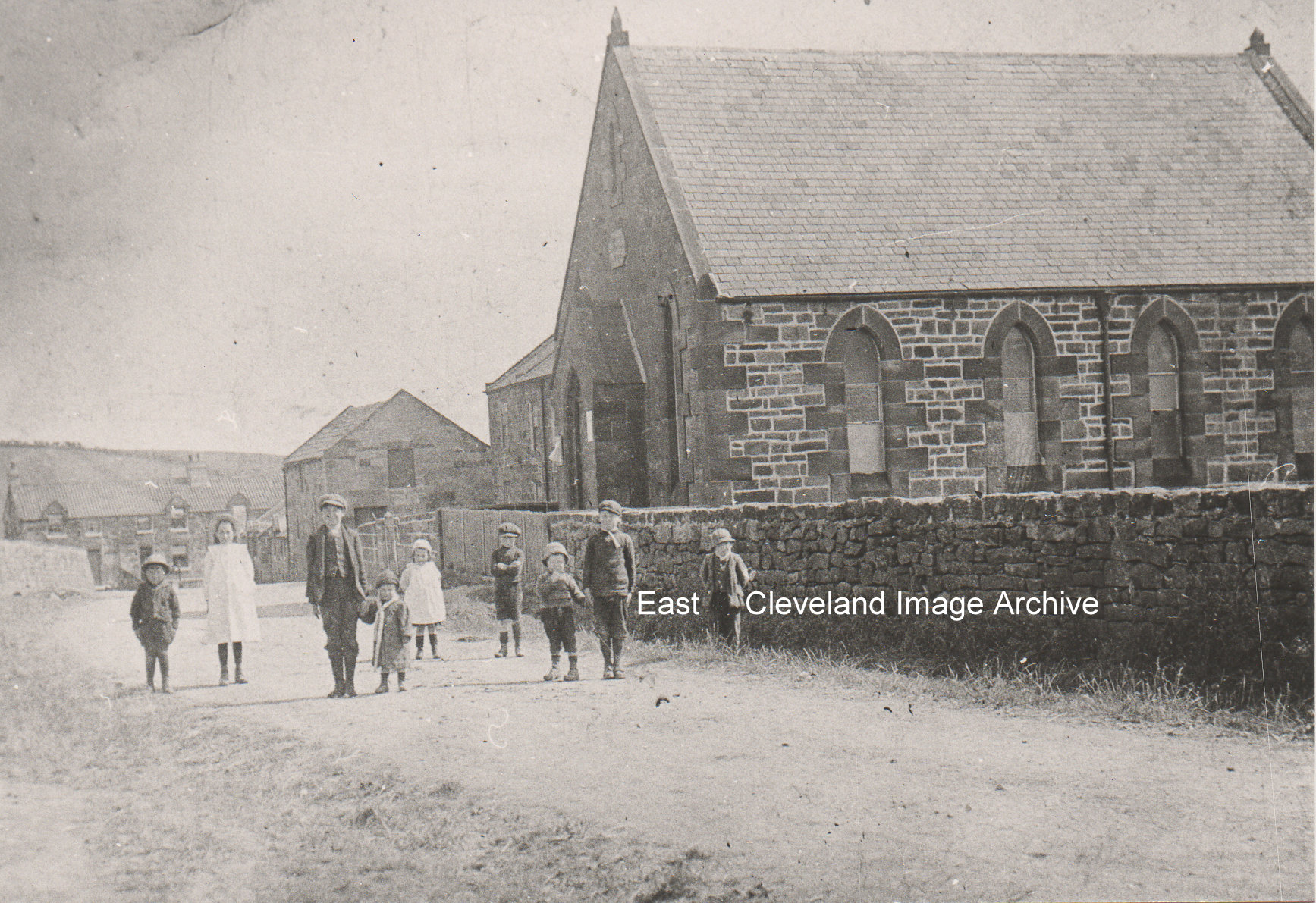
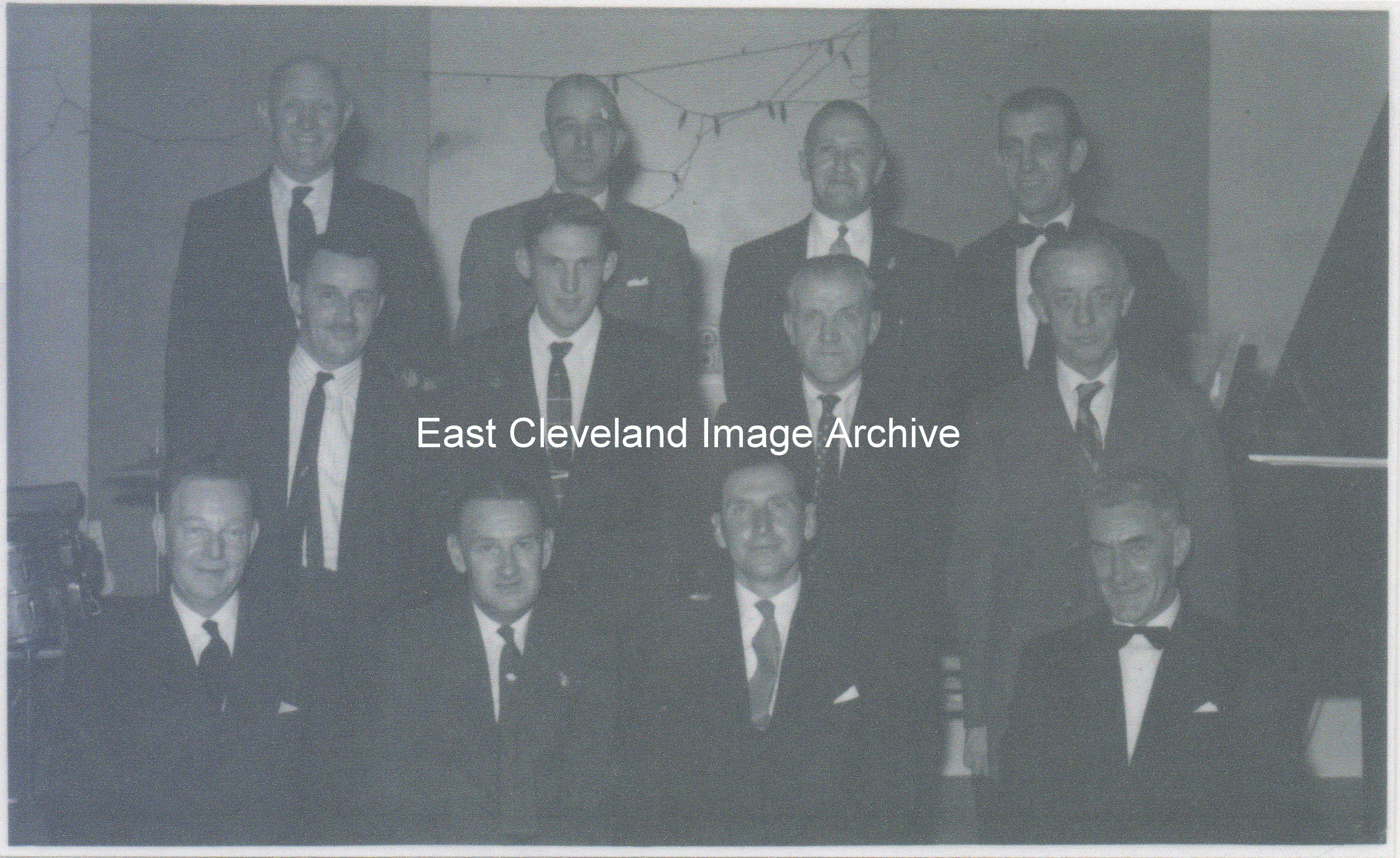
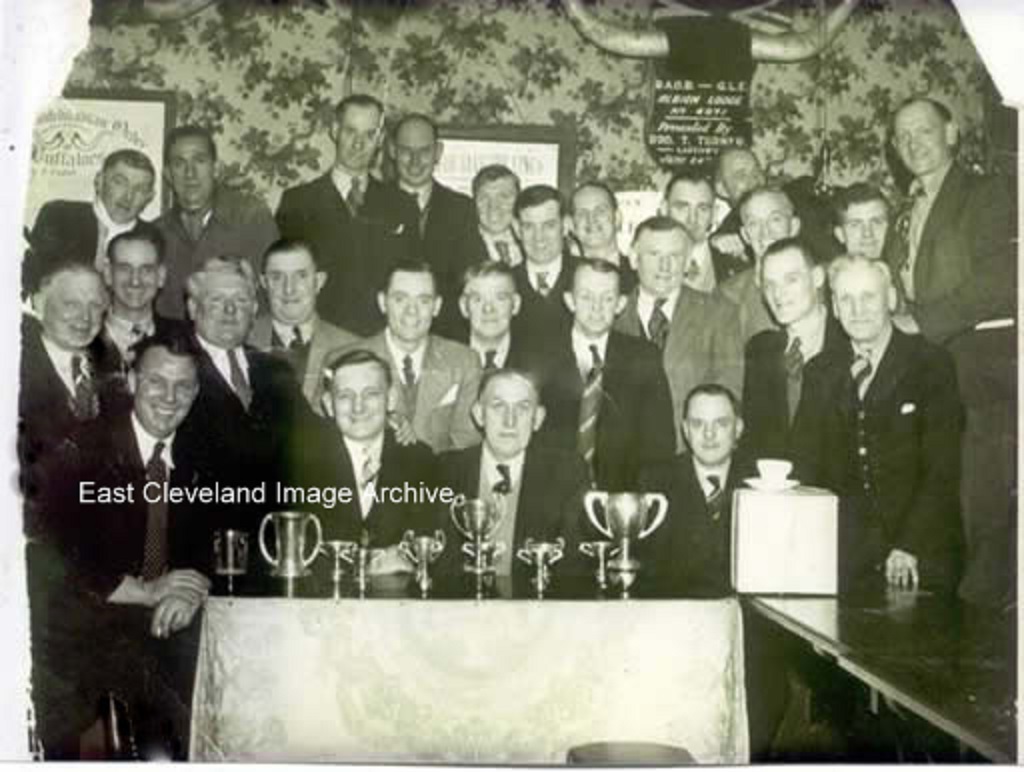
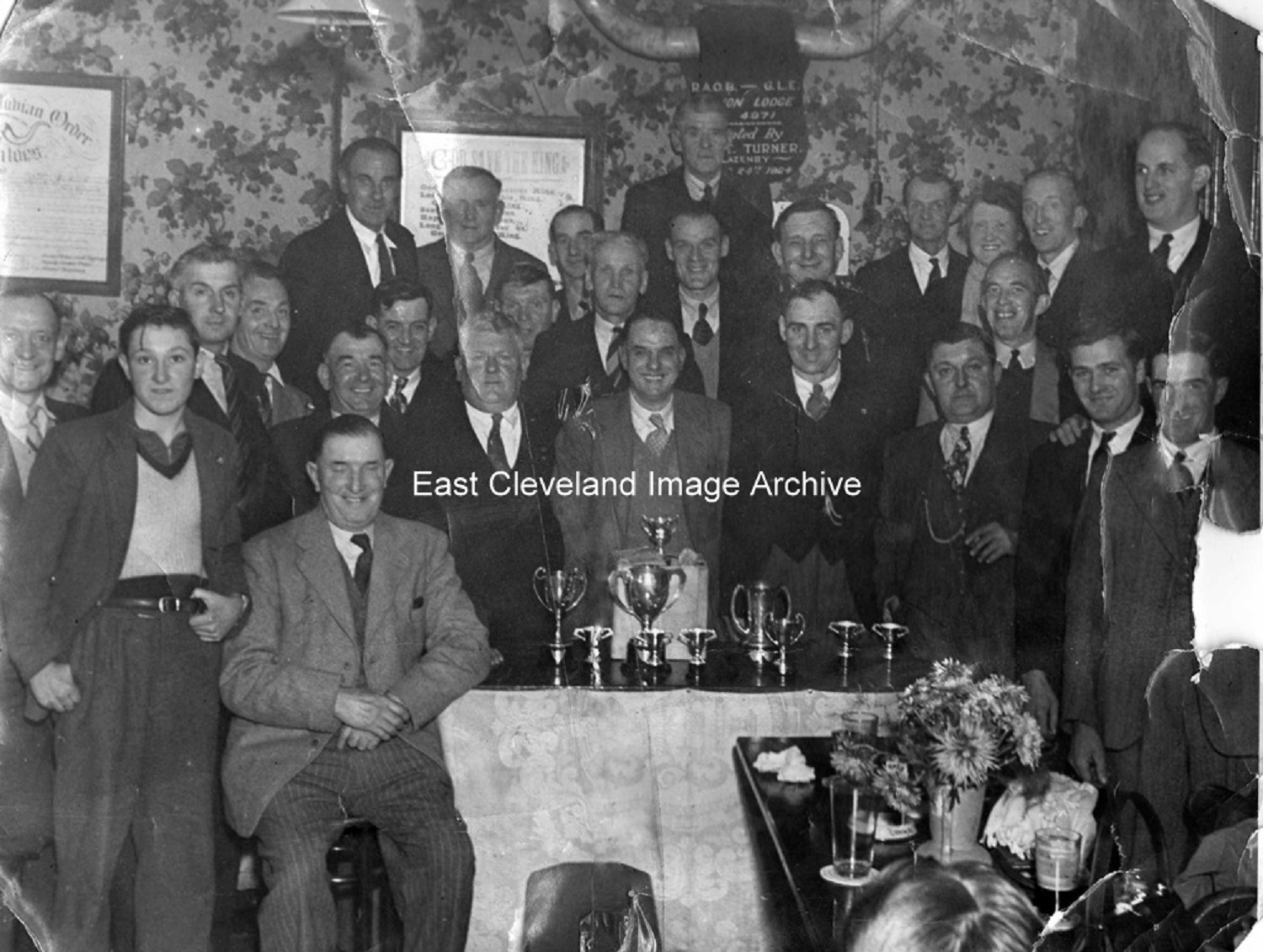
Recent Comments